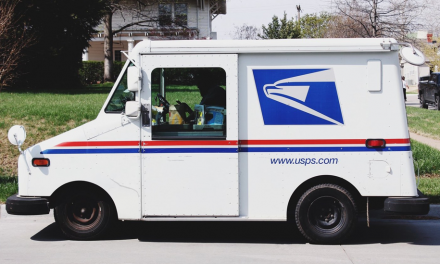
USPS to maintain overnight delivery for 66% of current volumes next year
The US Postal Service will maintain overnight delivery for about 66% of the current overnight delivery volumes following the next phase of its network consolidation. That’s according to chief operating officer and executive vice president Megan Brennan, who was speaking to major customers in Salt Lake City this week at the annual National Postal Customer Council Week event.
USPS is planning to consolidate processing operations from 82 mail plants across the United States from January 2015, with plant closures due to be completed by the autumn.
Brennan said the plans should lower annual costs at the financially struggling Postal Service by $750m a year. Critics, including the postal unions, have said reducing the size of the network will slow the mail, particularly First Class Mail, and drive customers away.
But, Brennan insisted this week that the changes to the network will actually mean providing customers with “higher levels of reliable and predictable service”. Customers just need to know when to get their mail to the USPS.
She said: “Our future network will preserve approximately 66% of current overnight delivery volumes, and Overnight Service Standards will remain available to commercial mail properly prepared, containerized and entered by critical entry times.”
Downsizing
USPS has already reduced the size of its national processing network from 675 plants to 320 since 2006. Brennan said the 141 facilities closed in the past two years have reduced the annual cost base by $2.1bn.
The consolidation responds to the 55bn piece drop in USPS mail volumes since 2006, and the 50% drop in stamped First Class Mail volume in the past decade.
The consolidation in the network is driving big improvements in transport and operating efficiency, the USPS COO said.
And, she pledged to commercial customers that there would be “no disruption, no degradation, and no interruptions” as the next phase of consolidation is implemented.
“We’ll employ early warning systems to constantly monitor inventory levels, work in process metrics and service performance,” she said. “If needed, we will deploy Area and HQ teams to any site experiencing difficulties.”
Package shipping investment
While it consolidates the processing network, USPS will be investing in additional technology for its remaining mail processing plants, particularly in the high-growth package shipping field, Brennan said.
“To accommodate the continued growth in our package business, we intend to deploy best-in-class package sorting equipment,” she said.
The chief marketing/sales officer at the Postal Service, Nagisa Manabe, revealed further details of the investment in package shipping technology at the event in Salt Lake City.
She said delivery staff were being given mobile scanning devices that allow delivery confirmation complete with a photo, time stamp and location of delivery for the benefit of the shipper.
Shippers will also be provided with a two-hour delivery window for items if they have provided shipping address data in advance.
And, Manabe said features are being added to the USPS website to allow shippers to track the progress of packages and redirect them when required.
“All of these developments will improve the delivery experience,” she said.
USPS, which this month lowered its Priority Mail package shipping rates much to the consternation of private sector rivals FedEx and UPS, achieved “incredible” growth in the service last winter following the addition of free tracking, insurance and day-definite delivery.
Manabe said: “The 2013 holiday season saw a 17% jump in Priority Mail deliveries. And we have sustained strong levels of growth post-holiday and throughout the spring and summer.”
The continued investment in technology will help keep the momentum going, she added.












